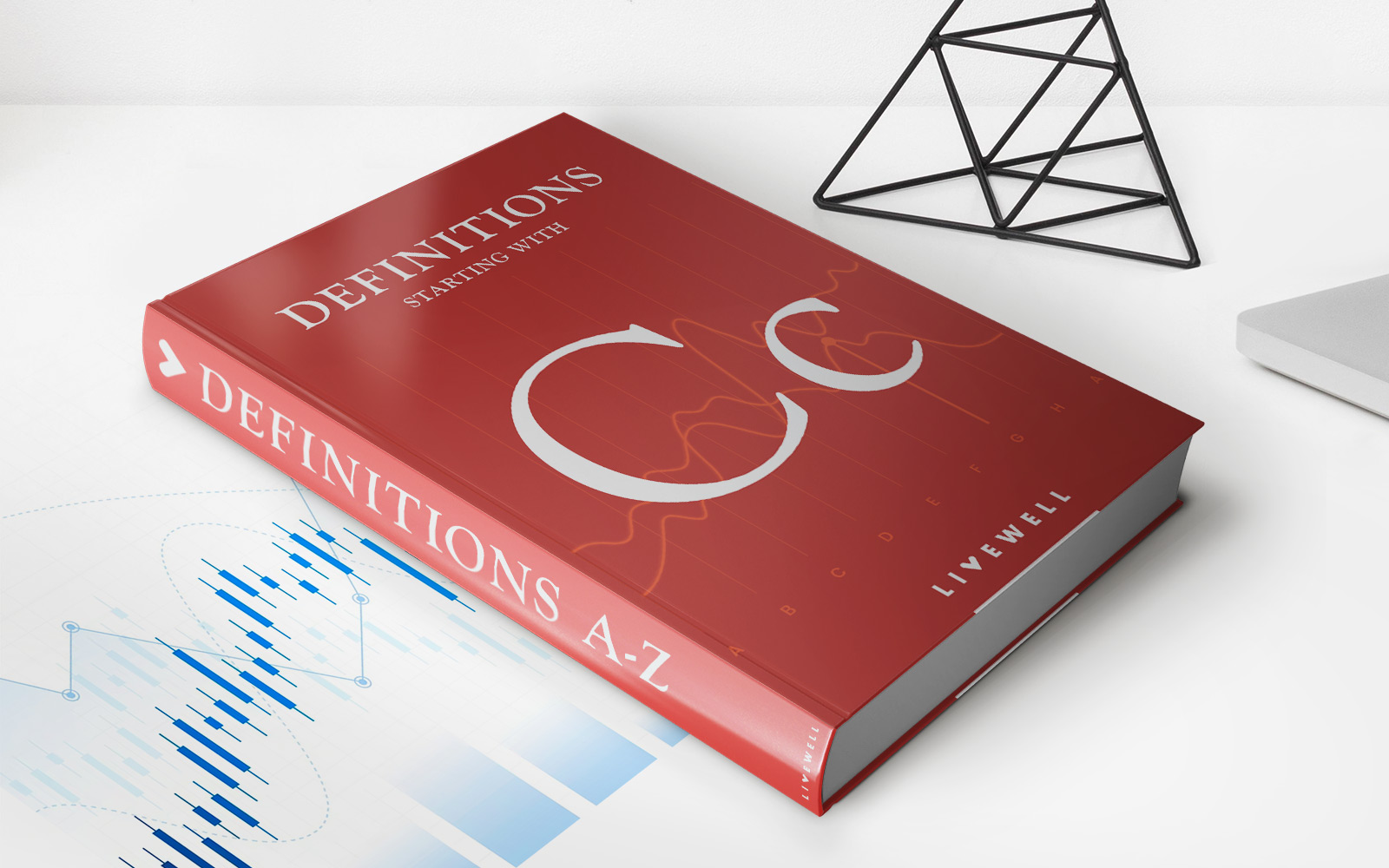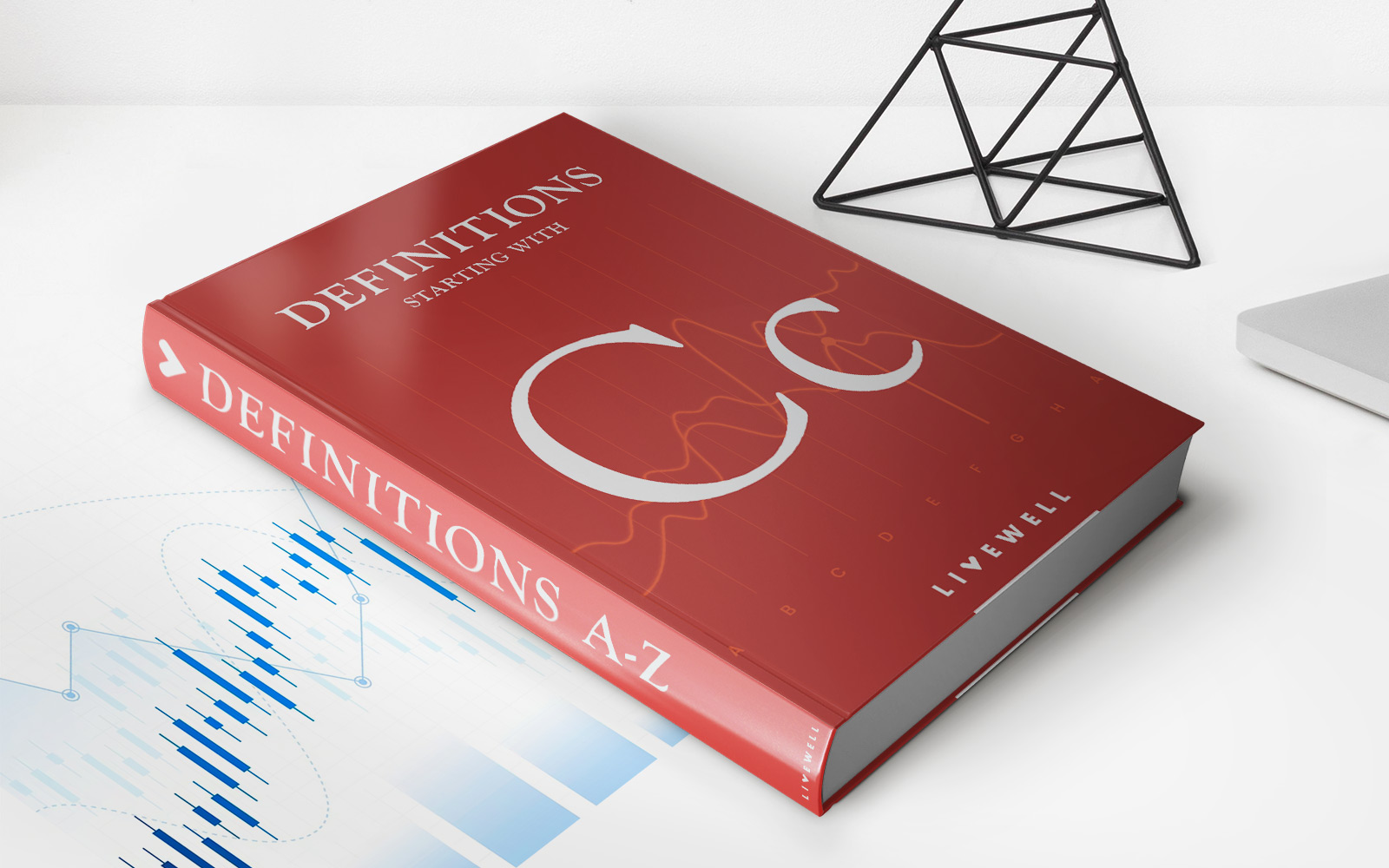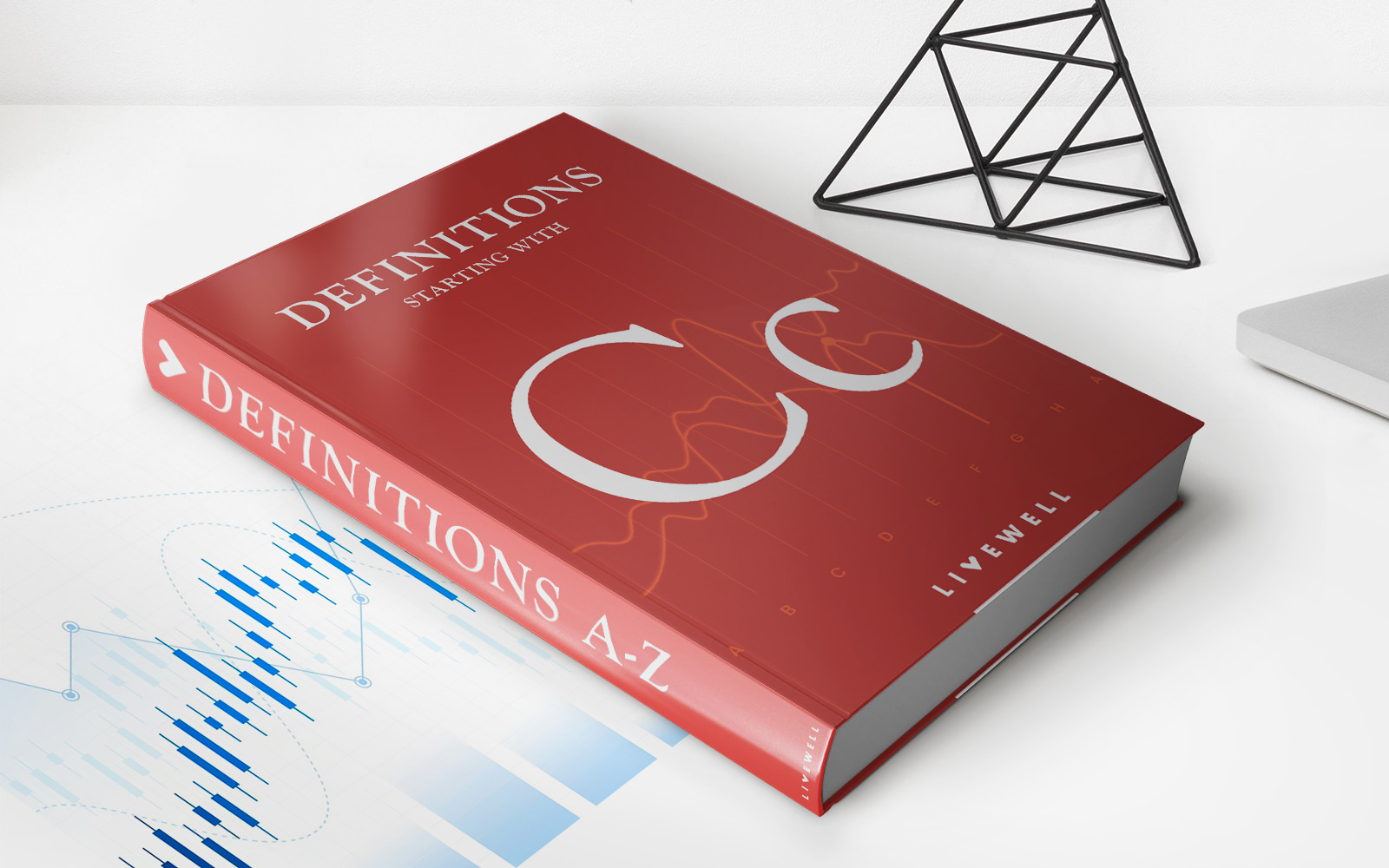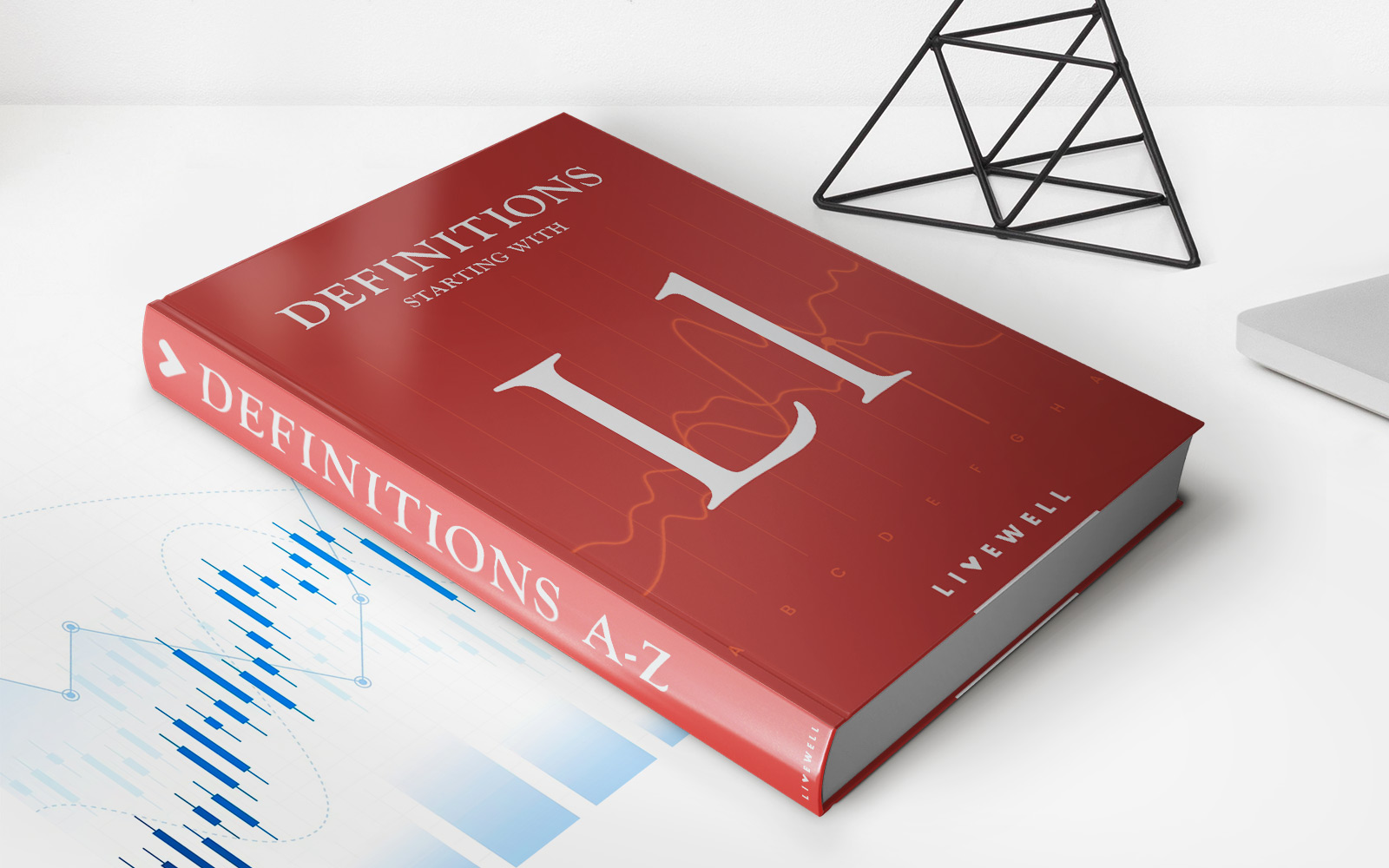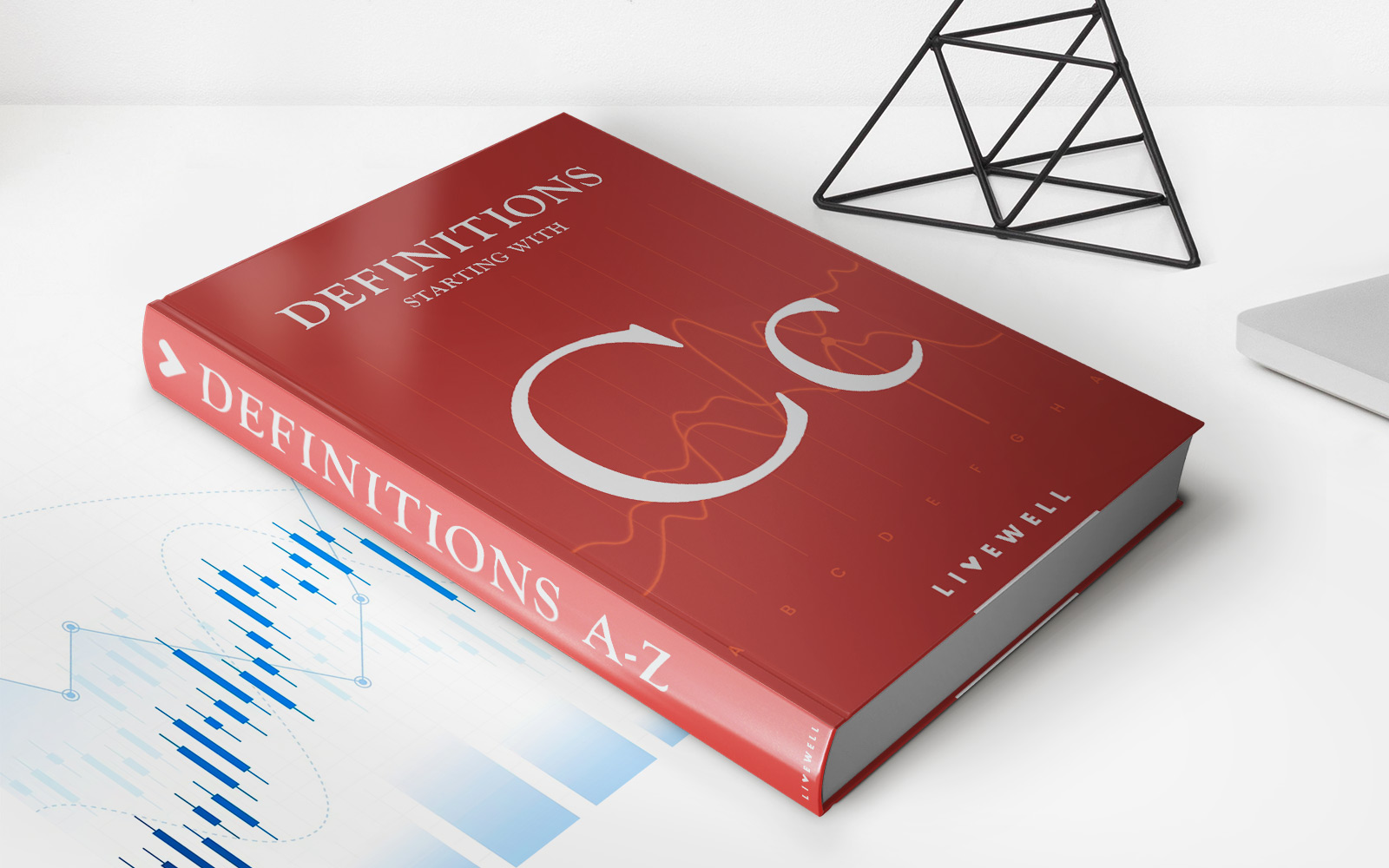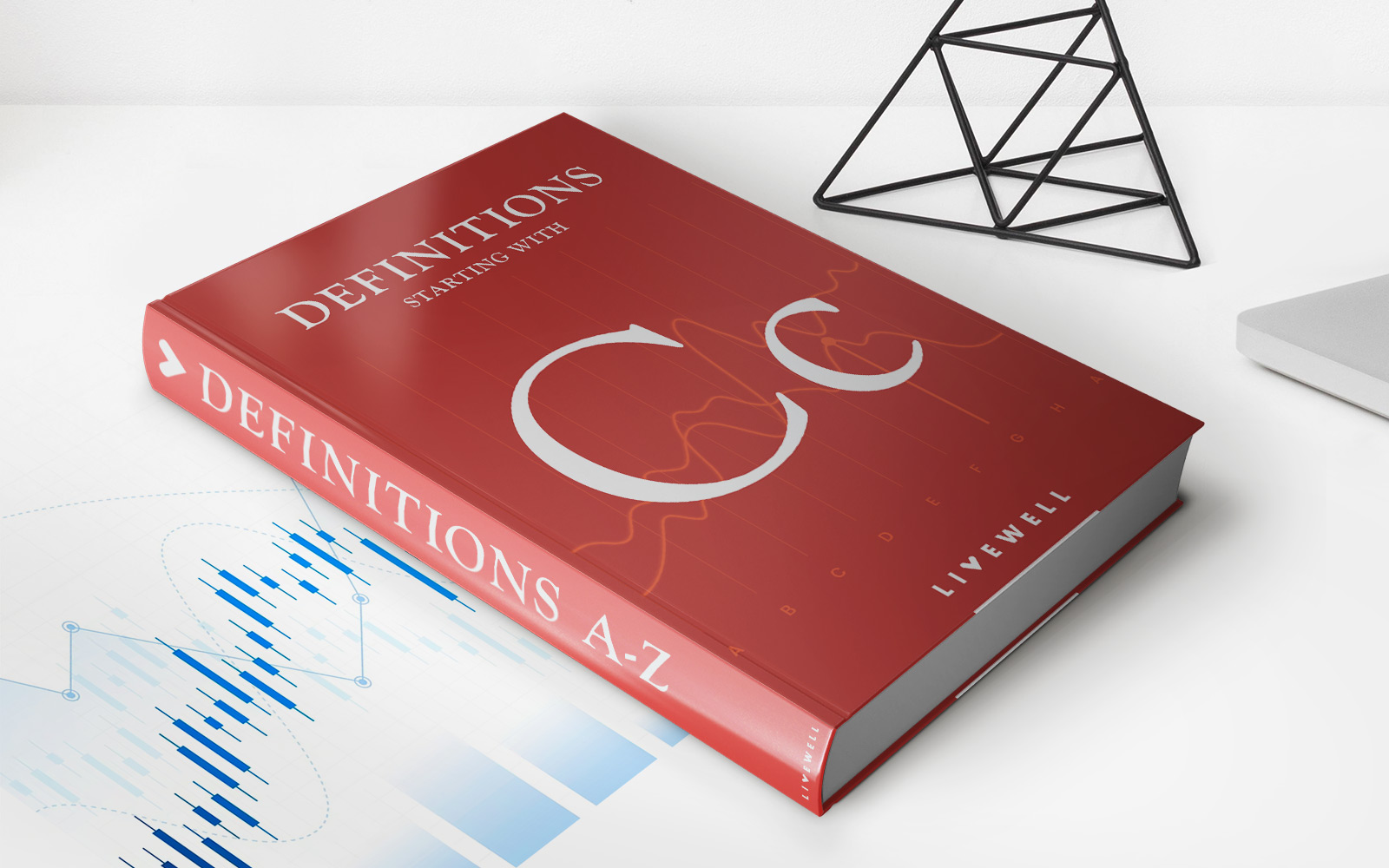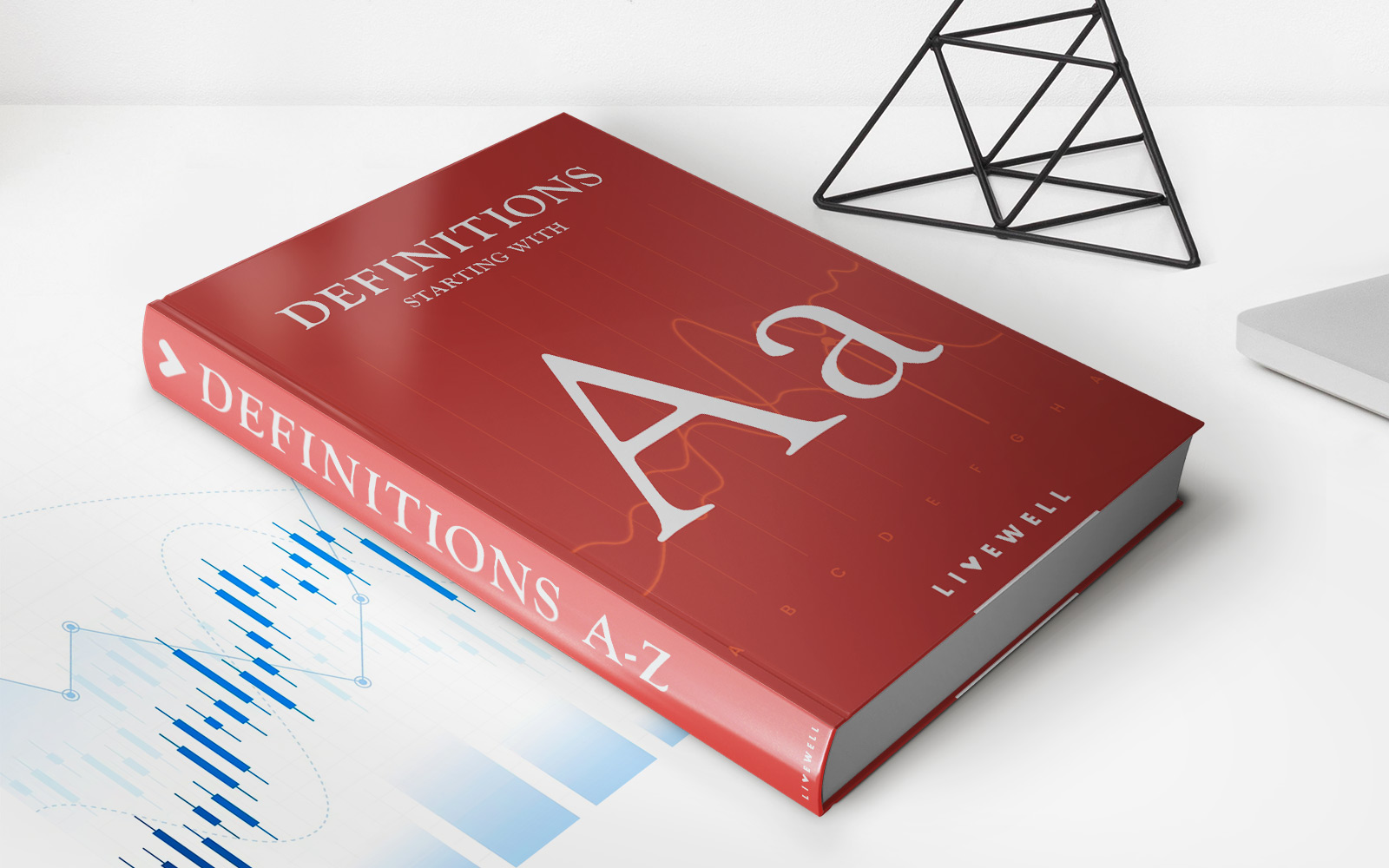Home>Finance>Contingent Convertibles (CoCos): Definition And Use In Europe
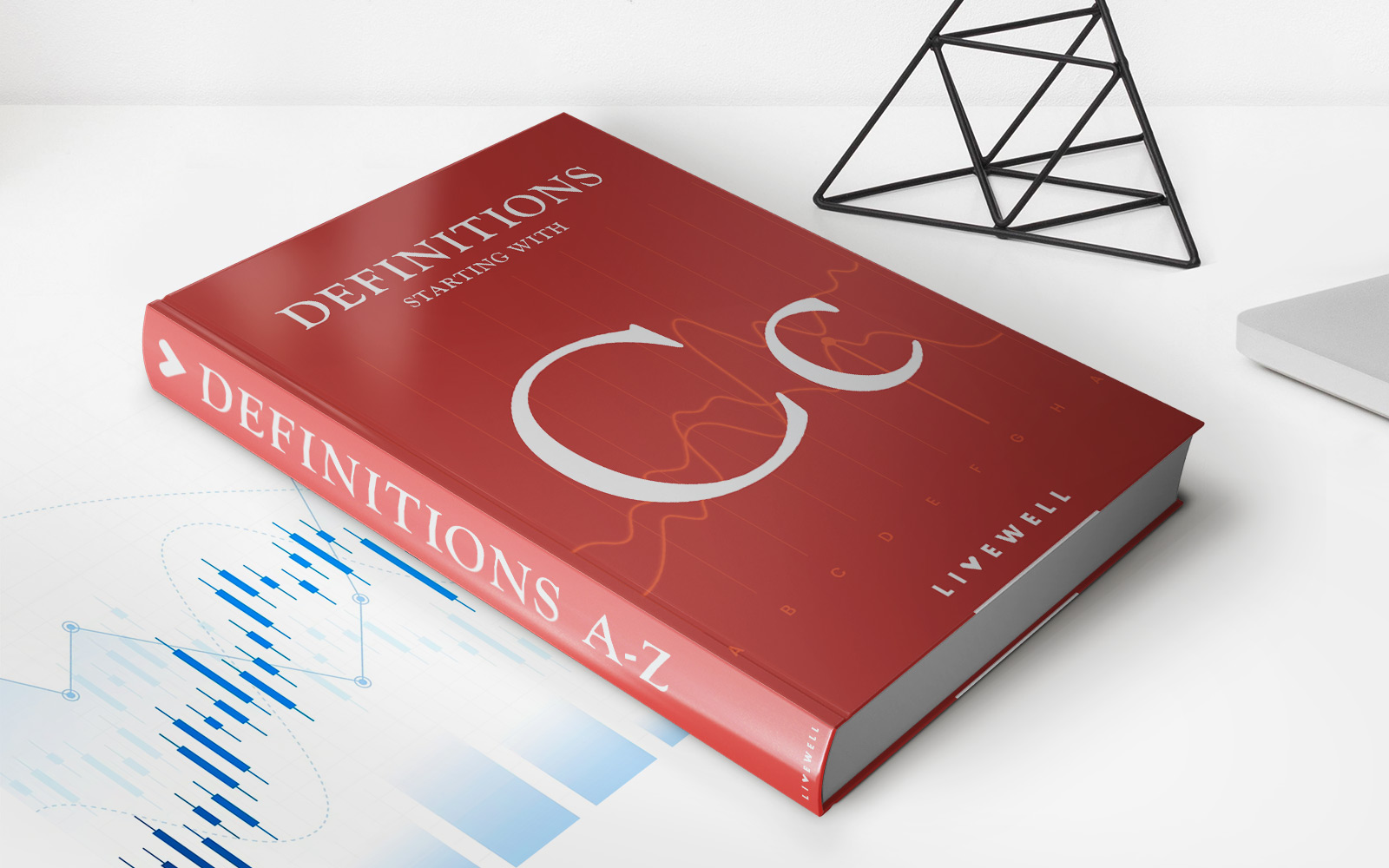

Finance
Contingent Convertibles (CoCos): Definition And Use In Europe
Published: November 2, 2023
Learn about contingent convertibles (CoCos) in Europe and their use in the finance industry. Understand how CoCos function as hybrid securities and their impact on the financial sector.
(Many of the links in this article redirect to a specific reviewed product. Your purchase of these products through affiliate links helps to generate commission for LiveWell, at no extra cost. Learn more)
Contingent Convertibles (CoCos): Definition and Use in Europe
When it comes to financial instruments and strategies, there are always new and interesting concepts emerging in the market. One such concept that has gained popularity in recent years is Contingent Convertibles, commonly referred to as CoCos. In this blog post, we will explore what CoCos are, how they work, and their use in the European financial landscape.
Key Takeaways
- CoCos are hybrid securities that combine characteristics of both debt and equity instruments.
- They provide issuers with the flexibility to convert debt into equity under specific trigger conditions, helping to strengthen their capital positions.
What are Contingent Convertibles?
Contingent Convertibles, or CoCos, are financial instruments that have gained popularity since their introduction in Europe in the aftermath of the global financial crisis. They are a type of hybrid security that combines elements of both debt and equity instruments. Essentially, CoCos are bonds issued by banks or other financial institutions with the condition of automatically converting into equity when specific predetermined events occur. These events, known as trigger conditions, are typically tied to the financial health of the issuing institution.
One of the key features of CoCos is their ability to enhance the resilience and capitalization of financial institutions. By incorporating an equity conversion feature, CoCos can help bolster the capital positions of banks in times of financial distress, acting as a buffer against potential insolvency. This mechanism provides additional protection to investors by allowing them to convert their investment from debt to equity, which can help strengthen the institution’s balance sheet.
In Europe, CoCos have experienced significant growth, particularly after the introduction of new regulations aimed at enhancing the stability of the banking sector. These regulations, such as the Basel III framework, have incentivized banks to issue CoCos as a part of their capital structure, ensuring they meet regulatory requirements. As a result, CoCos have become an integral part of the European financial landscape, serving as a tool for both raising capital and managing risk.
Using CoCos in Europe
The use of CoCos in Europe has provided financial institutions with an innovative and flexible way to strengthen their capital positions. They offer several advantages to both issuers and investors, making them an attractive option in certain circumstances:
- Increasing Stability: CoCos can enhance the stability of financial institutions by automatically converting to equity when a specific trigger event occurs. This conversion provides an injection of capital, strengthening the institution’s balance sheet and improving its resiliency in volatile market conditions.
- Regulatory Compliance: CoCos help banks fulfill regulatory requirements, particularly those set by the Basel III framework. By issuing CoCos, banks can meet capital adequacy ratios and strengthen their capital buffers, ensuring they comply with regulatory guidelines.
- Investment Opportunities: CoCos can offer attractive investment opportunities for investors seeking a balance between risk and return. Although they carry a higher level of risk compared to traditional bonds, CoCos often offer higher yields to compensate for the increased risk.
As the financial landscape continues to evolve, CoCos are expected to play an increasingly significant role in the European market. Their ability to strengthen capital positions, comply with regulatory requirements, and provide investment opportunities makes them a valuable tool for financial institutions and investors alike.
In conclusion, Contingent Convertibles, or CoCos, are hybrid securities that combine characteristics of both debt and equity instruments. They have gained popularity in Europe due to their ability to strengthen capital positions and comply with regulatory requirements. As the European financial landscape evolves, CoCos are expected to continue playing a key role in the market, providing innovative solutions for managing risk and raising capital.

